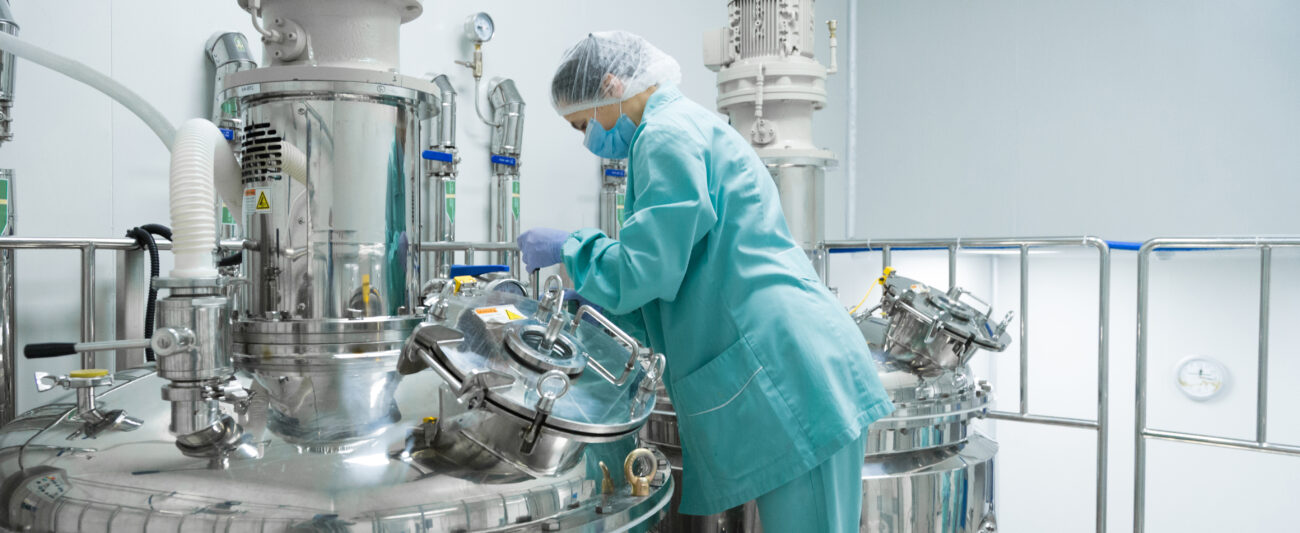Carbon-Neutral Pharma Plants: Is the Industry Ready?
As climate change continues to shape policy and public opinion, pharmaceutical companies are facing mounting pressure to reduce their environmental impact. Among the boldest ambitions gaining traction is the concept of carbon-neutral pharma plants—facilities that

As climate change continues to shape policy and public opinion, pharmaceutical companies are facing mounting pressure to reduce their environmental impact. Among the boldest ambitions gaining traction is the concept of carbon-neutral pharma plants—facilities that balance or eliminate their greenhouse gas emissions. But is the pharmaceutical industry truly ready to make this leap?
The Case for Carbon Neutrality
Pharmaceutical manufacturing is energy-intensive, relying heavily on electricity, water, solvents, and tightly controlled environments. According to a study published in Journal of Cleaner Production, the pharmaceutical sector emits more greenhouse gases per million dollars of revenue than the automotive sector. In this light, the call for greener operations is not just ethical—it’s increasingly seen as strategic and regulatory.
Governments worldwide are tightening emissions regulations. Investors and patients alike are favoring sustainability-minded companies. Carbon-neutral plants can provide a competitive edge by aligning operations with ESG (Environmental, Social, Governance) goals and regulatory roadmaps such as the EU Green Deal or U.S. SEC climate disclosures.
What Does a Carbon-Neutral Plant Look Like?
Achieving carbon neutrality in pharma manufacturing isn’t about one magic fix—it’s a layered approach:
- Energy Efficiency Upgrades: Retrofitting HVAC systems, adopting LED lighting, and using AI for demand-driven energy optimization are low-hanging fruits.
- Renewable Energy Integration: Solar panels, wind turbines, and green power purchasing agreements (PPAs) can drastically cut carbon footprints.
- Green Chemistry and Solvent Recycling: Innovating formulations to reduce reliance on toxic or high-emission inputs helps on both the environmental and compliance fronts.
- Waste Heat Recovery: Reusing heat from equipment or processes for preheating or sterilization contributes to energy savings.
- Carbon Offsetting: For residual emissions, credible offsetting mechanisms like reforestation or carbon capture are essential.
Trailblazers Leading the Shift
Several pharma giants have already stepped up. AstraZeneca has pledged to be carbon negative across its entire value chain by 2030. Novartis is pursuing carbon neutrality in its own operations by 2025 and has invested in solar farms and energy efficiency initiatives.
In India, Cipla has committed to becoming carbon neutral by 2025 in Scope 1 and 2 emissions. Similarly, Pfizer has embedded sustainability into its new R&D and manufacturing facilities, integrating smart building technologies and green power sources.
Challenges and Roadblocks
Despite inspiring case studies, widespread industry adoption faces serious challenges:
- High Capital Costs: Transitioning to carbon-neutral infrastructure requires significant upfront investment. ROI may not be immediately evident, especially for smaller firms.
- Regulatory Complexity: Navigating differing environmental standards across countries complicates global sustainability strategies.
- Technological Gaps: Many legacy facilities were not built with carbon efficiency in mind, making retrofits costly and complex.
- Supply Chain Emissions (Scope 3): Even if a plant itself is carbon neutral, supply chain emissions can represent over 70% of a pharma company’s total carbon footprint.
Is the Industry Ready?
The short answer: Partially. While the momentum is real and growing, a fully carbon-neutral pharmaceutical industry is still on the horizon rather than around the corner. The readiness varies by region, company size, and operational maturity.
However, what’s clear is that the push toward carbon neutrality is no longer optional—it’s becoming foundational. Pharma companies that delay will not only fall behind competitors but may also face growing scrutiny from regulators and consumers.
The Path Forward
To accelerate the transition, the industry must:
- Collaborate across the value chain to decarbonize inputs and logistics.
- Incentivize green innovation through public-private partnerships.
- Develop sector-specific carbon accounting and benchmarking standards.
- Establish sustainability as a KPI in facility design and vendor selection.
Carbon-neutral pharma plants are more than a green dream—they are an emerging necessity. While the journey is complex and expensive, early adopters are proving it’s possible with the right strategy and investment. The question is no longer if the industry must embrace carbon neutrality, but how fast it can do so.






